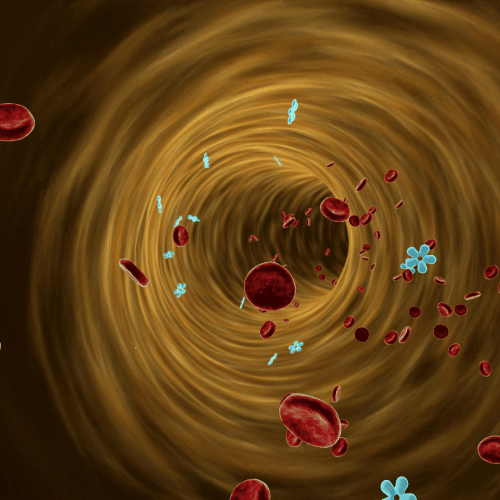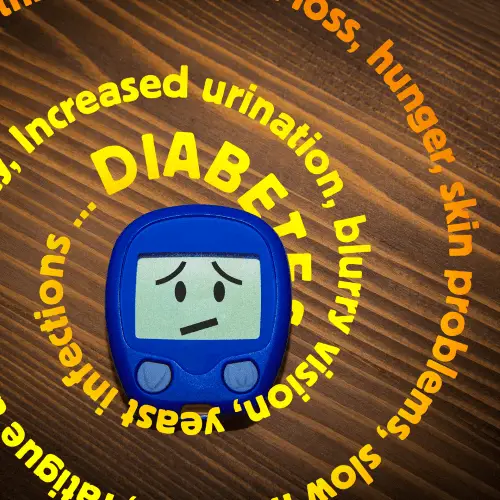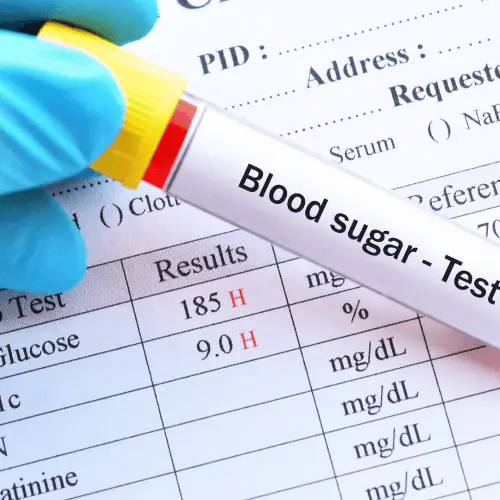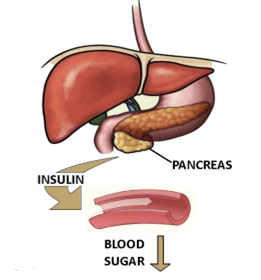Diabetes is a chronic disease that affects how your body converts food into energy. This disease causes high blood sugar. High blood sugar can cause severe damage to body organs. In this blog, you will get a brief introduction to diabetes, causes, symptoms, and prevention.
What is Diabetes?
Diabetes is a metabolic disorder in which the body loses its ability to properly oxidize carbohydrates. It is caused by a deficiency in the production of insulin by the pancreas. Insulin is a hormone produced by the beta cells of the Islets of Langerhans within the pancreas.
The body gets its supply of energy from glucose, a product of carbohydrate metabolism. Normally, glucose is stored in the liver, in the form of glycogen, and released into the bloodstream when the level of glucose in the circulating blood decreases.
What is the role of Insulin in diabetes?
Insulin regulates glucose metabolism. Without insulin, blood glucose cannot pass through the capillary membrane to be used by the cells for energy, nor can it be stored by the body.
When the body’s cells are unable to use glucose, it accumulates in the blood (hyperglycemia) and spills over into the urine (glycosuria).
When the body cannot store glucose for release when required, blood glucose deficiency (hypoglycemia) will occur.
 Types of diabetes
Types of diabetes
There are the following types of diabetes:
T1D:
Type one insulin-Dependent Diabetes Mellitus is characterized by onset in youth (age 20 or younger), although it may occur at any age. Insulin Dependent Diabetes Mellitus has previously been referred to as “juvenile diabetes.”
Insulin Dependent Diabetes Mellitus is characterized by low serum insulin levels. Treatment consists of parenteral administration of insulin along with diet therapy.
T2D:
Type two non-Insulin Dependent Diabetes Mellitus (NIDDM) is characterized by onset after the age of 40, although it may occur in younger persons as well. Non-Insulin Dependent Diabetes Mellitus is also known as “adult-onset diabetes mellitus” (AODM).
Insulin production does not stop, but insulin levels may be low, normal, or elevated. Sixty to 90 percent of Type II diabetics are overweight or obese. Treatment consists of diet therapy, weight control measures, and the use of oral hypoglycemic medications if necessary.
Pre-diabetes
Pre-diabetes is a condition in which blood sugar levels are greater than “normal.” If not managed, pre-diabetes can quickly evolve to T2D. Pre-diabetes isn’t usually a precursor to T2D, however, if the right steps are followed. Simple lifestyle modifications can go a long way toward minimizing the risk of developing T2D.
Gestational
Gestational diabetes (GDM) is a kind of diabetes in which a woman’s blood sugar levels rise dramatically during pregnancy. Both the mother and the kid may experience problems as a result of this. It must be monitored throughout the pregnancy, and all pregnant women are tested to see if they have it. The child has an increased risk of acquiring T2D later in life as a result of gestational diabetes.
What are the common symptoms of diabetes?
 Diabetes may be discovered during a physical examination when the patient complains of any of the following symptoms:
Diabetes may be discovered during a physical examination when the patient complains of any of the following symptoms:
- Visual disturbances
- Weakness and fatigue
- Unexplained weight loss
- Recurrent infections
- Polyuria (excessive urination)
- Polydipsia (excessive thirst)
- Polyphagia (excessive eating)
- Symptoms of peripheral vascular disease
- Decreased skin temperature
- Decreased capillary and venous filling
How to diagnose Diabetes?
Simple screening tests that determine blood and urine glucose levels are used to aid in the diagnosis of diabetes mellitus. Examples of simple screening tests include:
 Fasting Blood Sugar
Fasting Blood Sugar
The test measures the amount of sugar present in the blood after a patient has been fasting for a prescribed amount of time (generally 6-8 hours).
Two-Hour Post-Prandial Blood Sugar
A patient fast for 6-8 hours, a blood specimen is drawn, then the patient is given a high carbohydrate meal. Two hours after completion of the meal, another blood sugar level is drawn.
Glucose Tolerance Test
During this test, blood and urine specimens are collected at timed intervals following the ingestion of a measured amount of glucose. Intervals are normally at 1/2-hour, 1 hour, 2 hours, and even up to 6 hours following the ingestion of the glucose drink.
What is a healthy balanced diabetes diet?
Since diabetes is a disorder of the body’s metabolism, the diabetic must maintain a carefully balanced routine of diet, exercise, and medication (insulin or oral hypoglycemic agents). Diet is the most important factor in the control of diabetes.
Diet is calculated by the patient’s physician and is based on the age, sex, health, activity level, and dietary habits of the patient. Diet consists of controlled amounts of carbohydrates, protein, and fat calories.
 Dietary allowances are normally divided among 3 meals and one or more snacks. For example, breakfast, lunch, dinner, and an evening snack.
Dietary allowances are normally divided among 3 meals and one or more snacks. For example, breakfast, lunch, dinner, and an evening snack.
Nursing Management in diabetes
The physician will usually order administration of a low dose of regular insulin intravenously. Nursing staff must follow seven steps when administering insulin:
- Draw blood for a glucose level.
- Monitor vital signs and level of consciousness carefully.
- Force fluids (usually IV).
- Insert a retention catheter to monitor urine output.
- Observe for respiratory changes.
- Observe accurately I & O
- Document all information in the patient’s clinical record.
- Nursing staff should also make the patient and his family aware of the signs and symptoms, as well as emergency treatment, of ketoacidosis and insulin shock.
If you are a health care professional and want to learn more about diabetes and how you can provide support to diabatic patients, you must join our diabetes awareness course. The course will provide effective training on how to monitor, treat, and assessment of diabetic patients. Start your course today!

